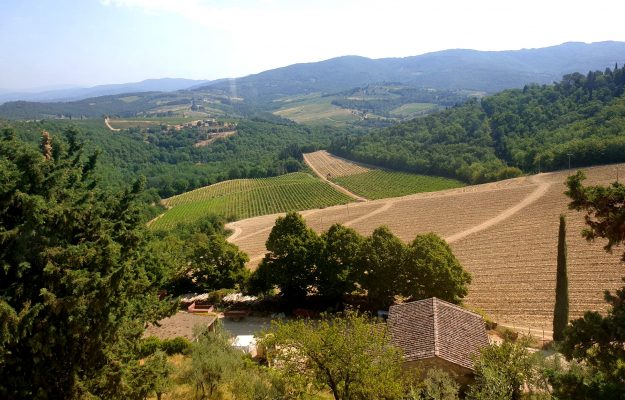Ritano Baragli, vice president of Confcooperative Toscana, said, “several wine farms in Tuscany have lost 70% of their production because of downy mildew. However, it is important to underline that the quality of the wine will not be affected at all - it will remain as good as ever”. This is the picture Baragli has painted of the consequences in Tuscany, one of the most famous Italian wine Regions, of the vine disease, which is wreaking damage, especially in the central-southern Regions. And, it partially contradicts or amplifies what the top management of the main wine Consortiums in the Region told WineNews, during its National reconnaissance, which depicted a complicated situation. Decreases in quantities of grapes were, generally, quite contained, ranging from minus 10% to minus 15% as Chianti Consortium estimated (pointing out there would be bigger decreases on organic products). Further, the Chianti Classico Consortium speculated the same percentage, -10% to -15%, the Consortium of Brunello di Montalcino indicated -5%, and the Consortium of Bolgheri and Bolgheri Sassicaia indicated a hypothetical -20%, while Vino Nobile di Montepulciano indicated “limited damages yet to be quantified, patchy, and in any case the situation is still evolving”.
“This fungus has damaged many Tuscan wine companies”, Baragli explained, “in many vineyards, treatments were too late, because it rained a lot in May and early June, making it problematic to work in the vineyards, so several farmers found it difficult to fight downy mildew. And, to think that before May the grapes were wonderful. The problem is quantity, not quality. It is one thing to work with 110.000 quintals of grapes, it is another to have 40.000 quintals less. Obviously, there are problems from the economic point of view as well due to downy mildew, as management costs have increased enormously, starting from those related to fuel treatments”, Baragli concluded.
As usual, the final conclusions will be drawn at the end. However, there is the possibility that the "rough" estimates follow the famous statistics average problem of the “Trilussa chicken”, i.e., that in some territories some companies and producers might non even harvest at all, which would cause all the very serious consequences a winery would encounter in a year not having produced anything.
Copyright © 2000/2025
Contatti: info@winenews.it
Seguici anche su Twitter: @WineNewsIt
Seguici anche su Facebook: @winenewsit
Questo articolo è tratto dall'archivio di WineNews - Tutti i diritti riservati - Copyright © 2000/2025









































































































































































































